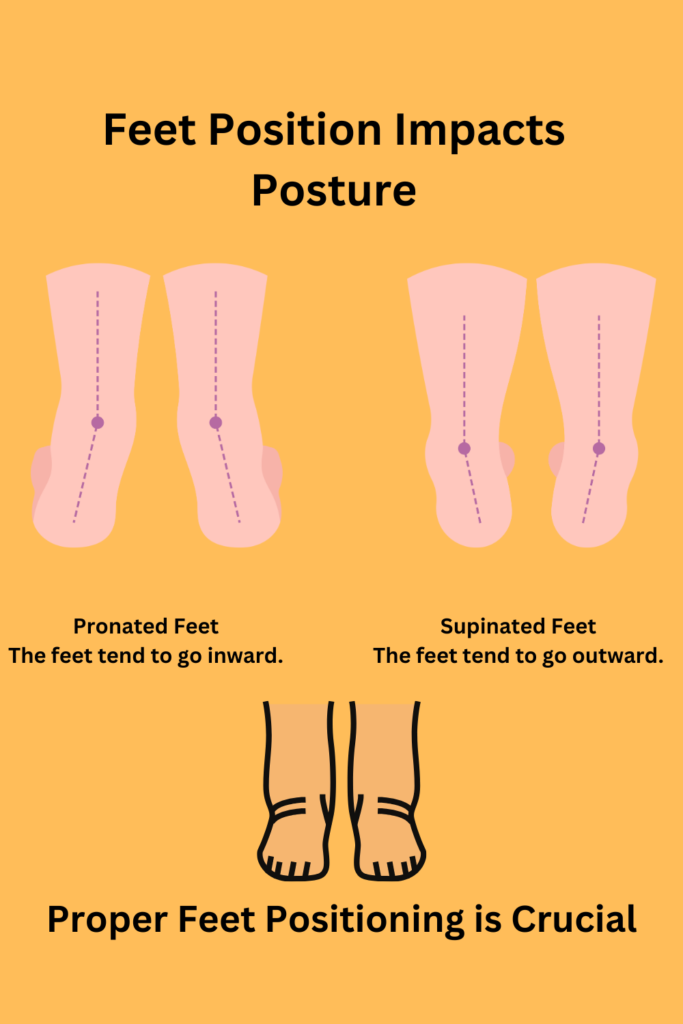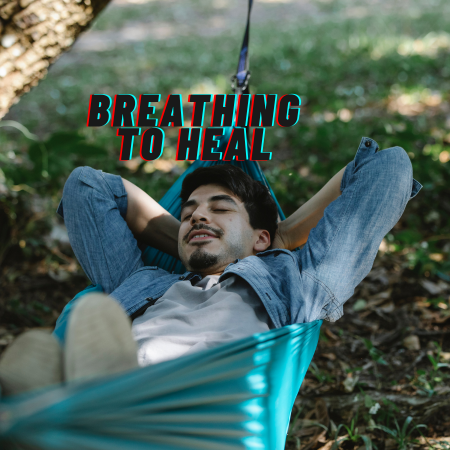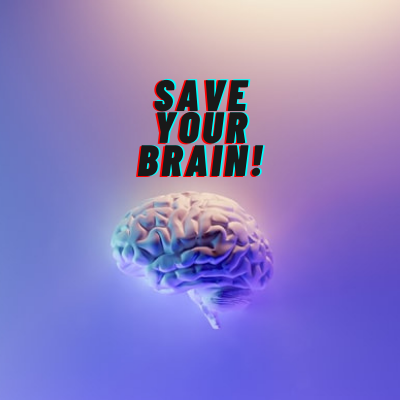Posture and Neck Are Important Paths to the Brain
The posture and neck are an important link to the brain. There is a saying “A good stance and posture reflect a proper state of mind.” (Morihei Ueshiba). Other than well-being a person’s intellect is affected by the person’s posture and the way the neck is positioned. Maintaining proper posture can be somewhat of a difficult task as some look down or position themselves in a certain way. While it might be an annoying task to do, it is important to do so. Otherwise, it leads to feeling dull and having less self-awareness. The neck is the last link to great posture as it supports the head. Looking down for long durations can impact blood circulation to the brain. This is vital since one can experience headaches or pain, leading to fatigue.
Blood circulation plays a critical part in maintaining the overall health and functionality of the body. Blood circulation is like a delivery system in the body. It carries oxygen, food (nutrients), and important messages (hormones) to all parts of the body – like cells, muscles, and organs. It also helps get rid of waste and bad stuff (toxins) from the body. This delivery system also helps our immune system fight off germs, and it helps keep our body temperature just right.
Where Does Posture Begin?
Posture refers to the alignment of the entire body, beginning with the feet and extending upwards. Ankle and foot alignment affects the whole chain from the bottom up. The order of posture is feet, legs, hips, spine, shoulders, neck, and head. If any of these are misaligned then one will have poor posture. Since feet are the foundation of the body, feet can be positioned:
- Pronated: The feet tend to go inward.
- Neutral: The feet are centered.
- Supinated: The feet tend to go outward.
While standing it is best to have the feet in a neutral position so it does not impact posture. Even during movement it is ideal to keep the feet in a neutral stance. Over time when the feet are in a non-neutral position parts of the body can feel some pain. The knees, lower back and even the neck could feel discomfort.

Posture Sitting Down
Posture can be affected depending on how a person sits. While the alignment of the feet is one of the proponents of positive standing posture. Sitting down eliminates the dependency on the lower body (sort of). Even after sitting down for long periods, there can be moments where the individual slouches. In this occurrence, it is better to stand and perform stretches to realign the body. Also, it increases blood flow to the brain as that helps nourish the brain.
The Legs During Sitting
A person can get some misalignments even if the lower body is positioned inward or outward. The hips and pelvis are the connectors to the torso. Lower back pain may still occur if the legs are not positioned neutrally. Especially when an individual crosses their legs while sitting, this tilts the pelvis. As the pelvis tilts laterally it can cause lower back pain, possibly shoulder pain, or spine misalignment.
An Approach to Maintaining Alignment
There are practices a person can do to maintain good posture. While walking, standing, or even sitting for long periods. There is always a quick solution to getting realigned. One ultimate method is stretching, stretching helps in so many various ways from reducing stress, relieving tightness in the muscles and increasing range in motion. Poor posture can limit flexibility, so to treat this is to simply stretch. There is no need to do intense stretching or yoga.
Stretches Could be Dynamic or Static
As previously mentioned the order of posture: feet, legs, hips, spine, shoulders, neck, and head.
To Prevent or Treat Pronated or Supinated Feet!
- Toe Spreading
- Sit or stand with feet flat on the floor.
- Spread toes apart as wide as possible.
- Hold for a few seconds, then relax.
- Repeat for several repetitions.
- Foot Circles
- Sit or stand with feet flat on the floor.
- Lift one foot slightly off the ground.
- Rotate the ankle in a circular motion, first clockwise, then counterclockwise.
- Perform 8 circles in each direction.
- Switch to the other foot and repeat.
- Arch Strengthening
- Sit or stand with feet flat on the floor.
- Lift the arches of both feet while keeping toes and heels grounded.
- Hold for a few seconds, then relax.
- 5 repetitions.
Straightening Out the Legs.
- Ham/Hip stretch
- Kneel down with a straight back.
- Place one foot forward and the other on the floor
- With the front leg, lean forward as the knee is over the toes.
- Reverse back to make the leg straight.
- Do this repeatedly by going back and forth. There is no need to hold the stretch since it is dynamic.
- Do 8 repetitions each leg.
- Standing leg raises
- Stand tall with feet hip-width apart.
- Lift one leg straight out in front of you while keeping the knee straight.
- Hold for a moment, then lower the leg back down.
- Repeat with the other leg.
- Continue alternating legs for several repetitions.
- Low Squat hold
- Stand with feet slightly wider than hip-width apart, toes pointed slightly outward.
- Lower into a squat position, keeping the back straight and chest lifted.
- Drop hips down as low as comfortable, aiming to bring thighs parallel to the ground.
- Hold the squat position for up to 2 minutes.
- Slowly rise back up to standing position.
For The Hips and Back
- Glute Bridging (could do progression)
- Lie on your back with knees bent and feet flat on the floor, hip-width apart.
- Engage your core and glutes, then lift your hips up towards the ceiling.
- Keep your shoulders, hips, and knees in a straight line.
- Hold for a few seconds at the top, then lower back down slowly.
- Standing forwarding bend
- Stand tall with feet hip-width apart.
- Hinge at the hips and fold forward, reaching hands towards the floor or grabbing onto opposite elbows.
- Allow your head and neck to relax.
- Keep a slight bend in the knees if necessary to maintain comfort.
- Hold the stretch for 60 seconds.
- Slowly roll back up to standing position.
- Standing side stretch
- Stand with feet hip-width apart and arms by your sides.
- Reach one arm overhead and towards the opposite side, lengthening through the side of the body.
- Keep both feet grounded and shoulders relaxed.
- Hold the stretch for 45 seconds.
- Return to the starting position and repeat on the other side.
For The Neck
- Neck Lateral Flexion Stretch
- Sit or stand tall with shoulders relaxed.
- Slowly tilt your head towards one shoulder, bringing ear towards shoulder.
- Hold the stretch for 10 seconds, feeling a gentle stretch along the side of your neck.
- Return to the starting position and repeat on the other side.
- Perform 3 repetitions on each side.
- Neck Extension Stretch
- Sit or stand tall with shoulders relaxed.
- Interlace your fingers and place your hands behind your head, cradling the base of your skull.
- Gently press your head back into your hands, lifting your chin towards the ceiling.
- Hold the stretch for 10 seconds, feeling a gentle stretch along the front of your neck.
- Perform 3 repetitions each side.
- Neck Tilt Stretch
- Sit or stand tall with shoulders relaxed.
- Tilt your head to one side, bringing your ear towards your shoulder.
- Hold the stretch for 10 seconds, feeling a gentle stretch along the side of your neck.
- Return to the starting position and repeat on the other side.
- Perform 3 repetitions on each side.
These stretches will help not only for posture but for relieving tension or improving blood flow to those areas.
Feel free to check out 5 Stretches to Make the Back Stronger.
Conclusion
The whole purpose of having a good posture leads to a sharp state of mind. Ensuring there is no reduction in blood flow and misalignments with the body. Posture is often not reminded of how it is important; moreover, practices in maintaining posture are not known. It is imperative to be aware of how the body is positioned since body alignment keeps someone energetic and aware. Slouching or if the body is tilted in a certain way then it saps a person’s vitality. More or less the brain and body tend to decrease in communication. This means the person will be sub-optimally performing (lack of mind body connection).
The spinal cord itself is the source of communication between the nervous system and the vessel. There are vast amounts of nerves connected to it (the root of the mind-body connection). If having the opportunity it is best to try out the stretches mentioned above so the individual can maintain body alignment!
If you found this post helpful, please consider sharing and subscribing!






